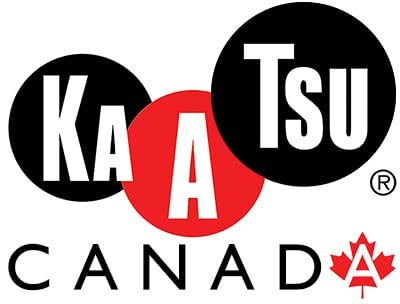While I’m not a scientist, I do like going down various “rabbit holes” when it comes to KAATSU. I was reading through Robert Heiduk’s book “KAATSU – The Pressure Training from Japan“, and under the section on local vascular effects of KAATSU, he mentioned that KAATSU could be a method to stimulate erythropoiesis. I’ll admit it: I had to look that up.
Erythropoiesis is the medical term for red blood cell production. Your body makes the majority of your red blood cells inside the bones, in a spongy tissue called the marrow. If you’re interested in a simplified version of how erythropoiesis works, check out the Cleveland Clinic’s page on the topic.
Interesting facts about Erythropoiesis:
- The marrow in all bones produce blood cells until the age of 5
- From around the age of 20, the vertebrae, sternum, pelvis, ribs, and cranial bones become the main sites of red blood cell production for the rest of your life
- The femur and tibia stop making red blood cells around the age of 20
- Red blood cells can also be made in the liver or spleen, but this is usually the result of some disease affecting the bone marrow
- It takes around a week to create a new red blood cell
- The lifespan of a red blood cell is approximately 120 days
Red blood cells are vital for good health. They deliver oxygen to every part of your body. Athletes in particular benefit from having more red blood cells, which has led to artificial techniques like blood doping and injections to increase red blood cell levels. While these methods are illegal and potentially dangerous, there are safe ways to increase your red blood count.
KAATSU and Red Blood Cell Production
Your body makes red blood cells automatically, but there are some conditions that can increase their production. One of the primary triggers to increasing erythropoiesis is hypoxia, which is defined as a lack of sufficient oxygen at the tissue level. If your tissues lack oxygen, this triggers the body to increase levels of erythropoietin (also known as EPO), which is a hormone that increases the rate of production of red blood cells. When you have more red blood cells, your cells and tissues will receive more oxygen.
So, what does this have to do with KAATSU? Well, when you use KAATSU during exercise, the effect of the KAATSU AirBands is to slightly reduce the flow of blood from your limbs back to your body. Your muscles and tissues take the oxygen from your blood, but since there’s slightly less fresh blood flowing by, the available oxygen levels drop causing – you guessed it – localized hypoxia. Depending on the level of exercise, the level of hypoxia can be enough to stimulate the secretion of erythropoietin, thus triggering your body to increase red blood cell production.
Interestingly, anti-doping researchers have noted that training with KAATSU can naturally increase EPO levels to a similar level to those attained through doping. Training with KAATSU is completely legal, so if you’re an athlete looking to maximize performance, you might consider adding KAATSU into your training program.
Does everyone need to increase their red blood cell count? For the most part, probably not. The body does a good job churning out red blood cells in most cases. For people with low red blood cell counts (think of people with anemia), it is not usually the case that the bone marrow is the issue. Rather, anemia can usually be traced to insufficient key nutrients through one’s diet that the body requires to make red blood cells. Or, in other cases, underlying conditions such as autoimmune diseases, kidney disease, chemotherapy, or other factors may be contributing to anemia. However, in these cases, if an exercise program is suggested as part of the treatment for an underlying condition, then adding KAATSU might be beneficial to help boost erythropoietin levels and thereby improve red blood cell production.
Disclaimer: KAATSU protocols have not been evaluated by Health Canada. KAATSU is not intended to diagnose, treat, cure, or prevent any disease and its use should be evaluated by your own physician before use.

